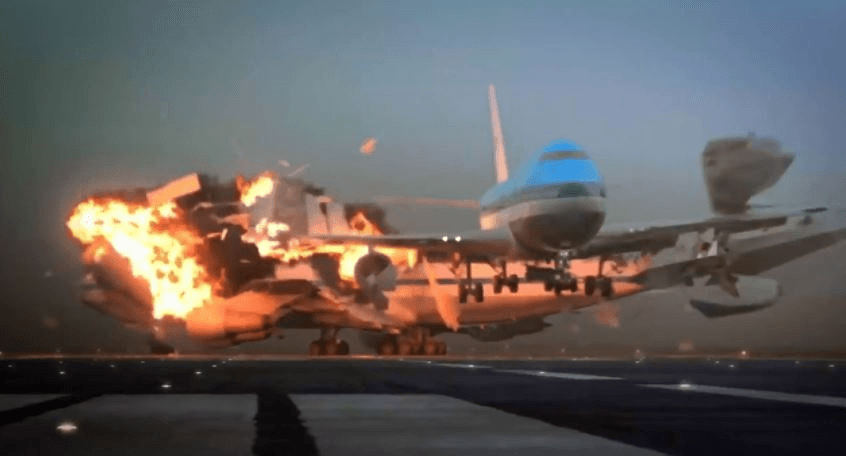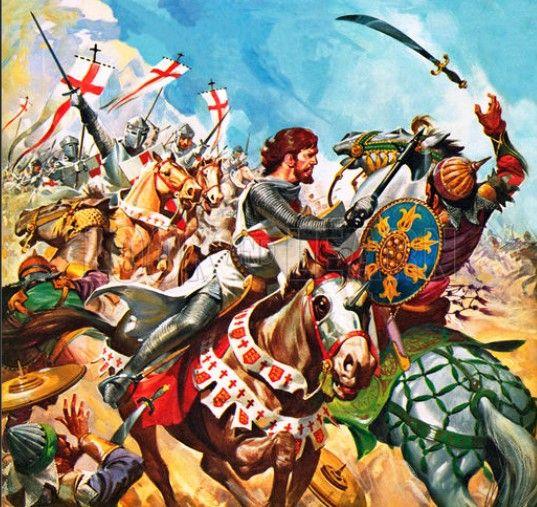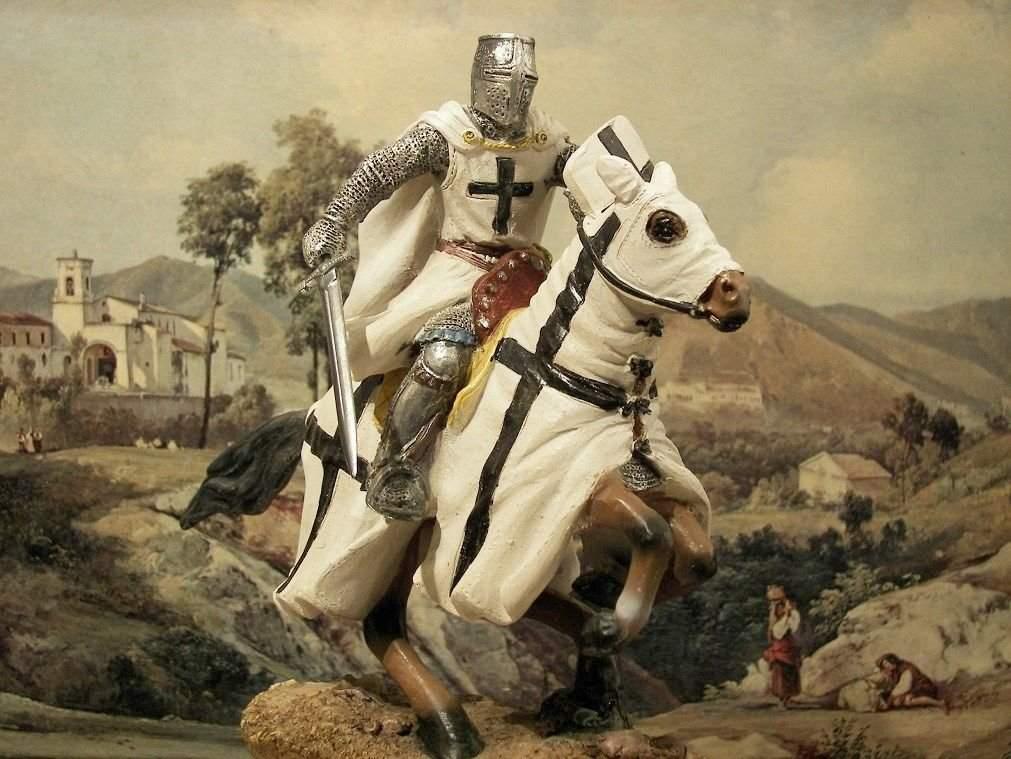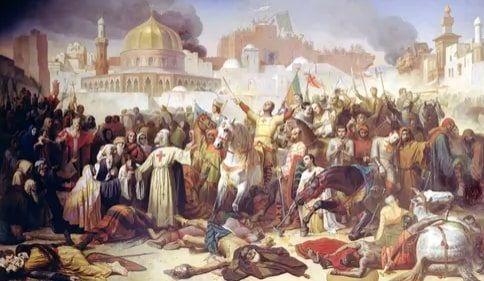INTUSK MAGAZINE
TO THE CORE OF YOUR HEART
Tenerife Disaster
February 10, 2023
On March 27, 1977, two Boeing 747 passenger jets, operating KLM Flight 4805 and Pan Am Flight 1736, collided on the runway at Los Rodeos Airport(now Tenerife North Airport) on the Spanish island of Tenerife. Resulting in 583 fatalities, the Tenerife airport disaster is the deadliest in aviation history.
Background To The Accident
By 1977, the Boeing 747, which had completed eight years of service, was recognized as the world’s largest, finest, and most beautiful passenger aircraft.
Two giant Boeing 747 passenger aircraft belong to the Pan American Airlines in the United States and KL in the Netherlands, landed at Los Rodeos Airport in Tenerife, the Canary Islands by accident.
Both the Pan American flight from Los Angeles and the KLM flight from Amsterdam were scheduled to reach La Palma on the Canary Islands.
However, due to a bomb blast at the airport, the two planes were diverted to the airport around 2.00 pm.
Los Rodeos Airport, which is generally less congested, was crowded that day, with planes diverted due to the bombing of La Palma. Passengers eagerly awaited the news of the reopening of La Palma Airport, and there was some uneasiness among the flight crew and its affiliates. Their intention was to reach their destination as soon as possible and complete the customer service well.
Interrupted By Weather
Around 4.00 pm, everyone received the comforting news of the reopening of La Palma Airport. By this time Pan American Airlines and KLM were parked next to each other. As soon as they heard the news, the Pan American asked for permission to take off, but they were told that the KLM had to take off first, as the planes had been parked nearby. The pilot, Jacob van Santon, was informed that the KLM must depart first. At that moment, if he had not asked for more fuel, both planes could have taken off in a matter of minutes. Meanwhile, the weather around the airport, which had been good until then, suddenly turned bad. Heavy fog from the mountains enveloped the area around Los Angeles Rhodes Airport, creating an invisible atmosphere beyond 500 meters. Fueling increases the weight of the aircraft and requires more upward thrust to lift it. According to the Bernoulli principle, the refuelled KLM had to fly slightly faster than it should have been if it had not been refuelled.
On this day Lane 30 was prepared for flights at the terminal where the two Pan American planes landed and the planes were not able to use it normally due to sudden congestion. Its access road was blocked at the far end, and as an alternative, it had to enter at the other end and travel the full distance along the ground, turning 180 degrees and accelerating back along the runway. Due to congestion and the urgency of boarding planes, one after the other was planned to enter the runway from a great distance. The airport staff had deployed the methodology in a positional manner, although there was a risk of sending the next aircraft to the far end when the previous aircraft deviated above its head.In order for the first lane to take off, the oncoming plane must make its way to the third taxiway on the left side of the lane before returning to the lane. The first flight was then scheduled to take off.
Lots of Mistakes
At the behest of the pilots, KLM took off in Lane 30. Arriving at its starting point without difficulty, the pilot rotated 180 degrees, prepared the aircraft for takeoff, and waited for the command to arrive. Meanwhile, the Pan American aircraft coming from behind misses the third taxiway due to heavy fog. Pan American pilots, on the other hand, may have decided not to allow a large Boeing 747 to enter the third lane at an angle of about 145 degrees. The first mistake happens from there. Access to the fourth crossroads, which can be reached at a low angle, was not a problem, but the Pan American remained in the main lane for a few seconds longer than originally planned. Heavy fog has created a situation where the cockpit and the two planes are invisible to each other. With this airport, there was no radar system to locate aircraft on the ground, so all manipulations had to be done through radio conversations.
Meanwhile, the pilot and first officer of the KLM aircraft received a call from the pilots. It is not a flight command and includes a series of pre-flight instructions, which include the altitude and direction of the aircraft to be balanced after take-off. But because of the congestion and the difficulty of handling pilots’ emergencies, pilots had to wait until a moment before takeoff.KLM pilot Van Santon, in particular, was impatient until the flight. He was angry about the delay. It was at this point that Van Santon, one of the most experienced and famous pilots, made the second mistake that added the greatest tragedy to world history. As he waited for the first officer to respond to the radio message, he felt as if he had been allowed to fly. Exhausted by the emergency of the passengers, the pressure of the airline, and the indifference of the airport flight attendants, he removed the brakes and steered the plane forward before the first officer could respond.
The Last Few Seconds

Pilots usually have a few words to say to each other during takeoff. When the Tenerife pilots heard the KLM pilots exit, they were at a loss as to whether or not it was moving forward at once. Assuming this is not the case, they call Pan American for greater security. In response, the pilots announced that they were still advancing in the main lane, and the Commander-in-Chief issued an order to prepare the KLM for flight. Even though the KLM had already dragged some distance on the runway, the pilot would have stopped if he had heard the two messages properly, but by chance, both of them were released at the same time, and neither of them was lost.
Thus he missed the last chance to prevent a fatal accident. Moments later, they heard a message telling the Pan American to prepare to “come forward,” but to no avail, either because the plane had not been focused on taking off or had already reached an unstoppable speed. Robert Brog, the first officer on the Pan American flight that felt something had gone wrong, tried to take his plane away as soon as he could see the KLM coming from a distance through the fog, but he and the pilot failed to completely pull it aside. Meanwhile, the pilots of the KLM saw the Pan American plane on the runway and made every effort to fly their plane before the collision.
The other plane took off a few meters above, but the engines below the wings slammed into the Pan American plane, damaging its wings, causing fuel to leak out and several large explosions to cause severe damage to both aircraft.
The KLM was engulfed in flames, burning to ashes, killing all 248 people on board. Thanks to Robert Brog, the first officer was removed a few meters from the road, leaving six of the 396 people on board the Pan American plane lucky to survive. Everyone in the cabin, including the two pilots of the Pan American flight, survived.
However, the Tenerife plane crash, which killed 583 people on both planes, went down in world history as the single deadliest crash, adding a major black mark to the passenger aviation industry.



